Q&A with IndieMosh Founder: Embracing a New Era with Tellwell

As IndieMosh embarks on an exciting new journey with Tellwell Publishing, we sat down with IndieMosh’s founder to discuss the future of the company, what this means for IndieMosh authors and the legacy she hopes to leave behind.
Q: Can you tell us about the decision to unite IndieMosh with Tellwell Publishing?
A: Absolutely. This decision was made with our authors’ best interests at heart. We’ve always been committed to providing the best self-publishing experience, and joining forces with Tellwell is a natural progression of that mission. They bring a wealth of resources, from editing to marketing to audiobooks, that will significantly benefit our IndieMosh family.
Q: What changes can authors expect to see, and what will remain the same?
A: Authors can expect to see an expansion in the services we offer. They’ll have access to a broader range of publishing and promotional tools, all while enjoying the same personalised support they’re accustomed to. What won’t change is the essence of what makes IndieMosh special: our commitment to helping authors share their stories with the world.
Q: Jennifer, this is a significant change for IndieMosh. How are you feeling about the transition?
A: I hold Clint Eastwood’s words close to my heart: “A man’s gotta know his limitations”, and this philosophy has guided me in recognising my limitations and when to embrace growth and change. While I will be very sad to say goodbye, I know that partnering with Tellwell is the right step forward for our authors due to Tellwell’s expansive resources and reach.
Q: With the transition, what role will you play in IndieMosh, and what are your future plans?
A: I’ll be helping with the transition to ensure it’s as smooth as possible, especially for our current authors with ongoing projects. After the transition, I plan to step back and focus on new personal and professional endeavours, confident in the knowledge that our authors are in excellent hands.
Q: What prompted the decision to join forces with Tellwell?
A: Our own limitations at IndieMosh became clear: there’s only so much a small team can do. Tellwell is 10 times our size, providing a wealth of opportunities and support that we could only dream of. This move ensures that our authors will continue to receive the best possible service in the self-publishing industry.
Q: What message do you have for authors who might be apprehensive about this change?
A: Change can be daunting, but it can also bring wonderful opportunities. I encourage our authors to embrace this transition, which will bring them an expanded suite of services and a dedicated team to support their publishing journey. Tellwell shares our author-centric values and embraces transparency, and I trust that our authors will find a welcoming and nurturing home with them.
Q: When you reflect on your experience building IndieMosh, what comes to mind?
I owe a deep debt of gratitude to Samantha, Kim, Bronwen, Astrid, Debbie and Sarah. Their dedication and hard work have been the backbone of IndieMosh. And of course, a special thanks to my daughter and co-founder, Ally, and my husband, Wayne, whose support has been unwavering. Together, they’ve all played a crucial role in our story.
My biggest thanks goes to our authors. Your trust in sharing your amazing stories with us has made IndieMosh what it is today. I am eternally grateful for your partnership and friendship. Without you, none of this would have been possible!
As I pass the baton to Tellwell, I’m confident that you’ll continue to receive the same passion and dedication that you’ve always experienced with IndieMosh. Here’s to your next chapter with IndieMosh as part of Tellwell!



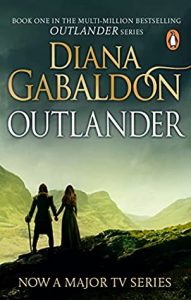

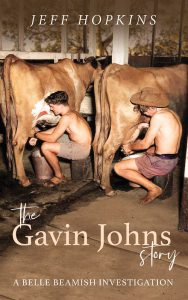
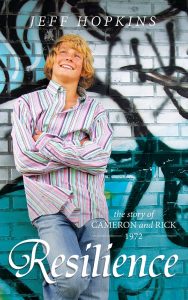
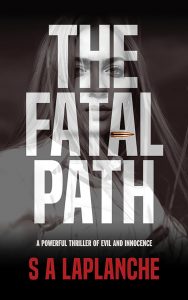


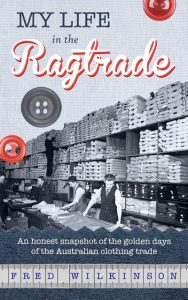
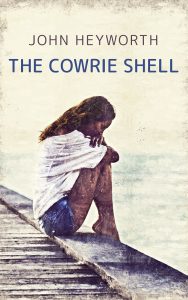
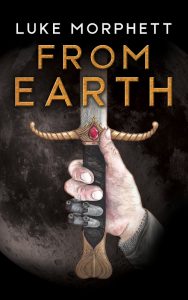


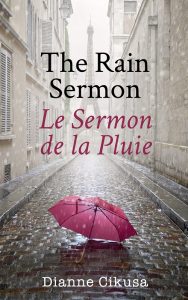
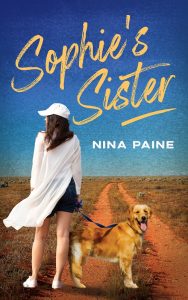
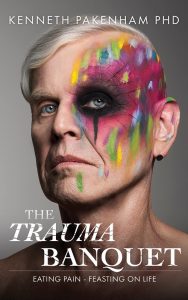
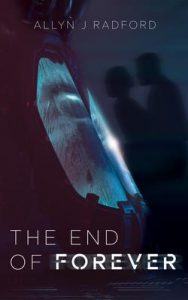
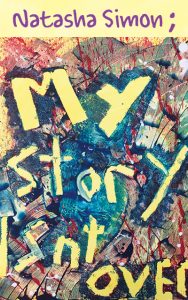
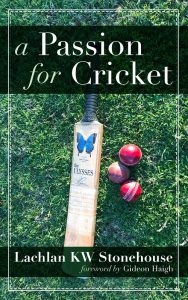
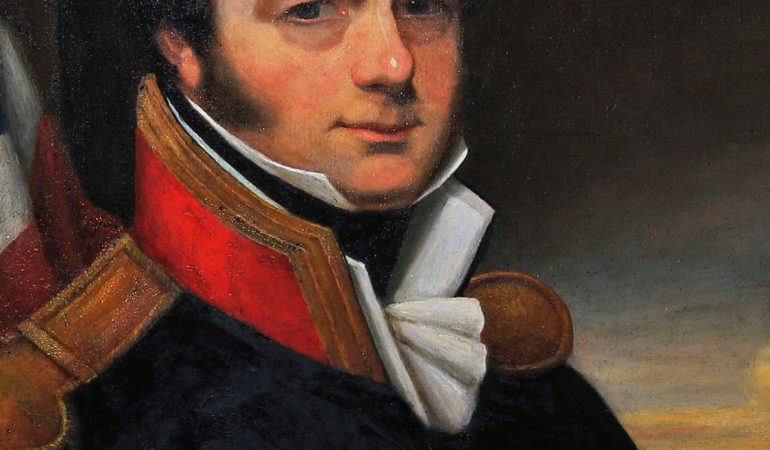

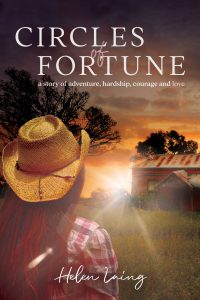
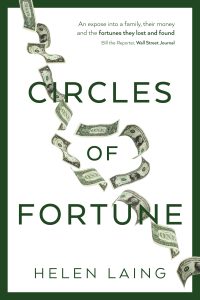
Recent Comments